Cyber crime is a growing challenge....lack of digital literacy measures exposes children
By MYBRANDBOOK

Traditional crimes are today replaced with modern crimes, where in computer is used as a tool to attack common people and victimize them. In short, hackers are emerging faster than technology.
Cyber crimes against children are on the rise and how to check them is a billion-dollar question. With the explosive growth of online e-commerce, payment, social media and gaming and various tricks developed by the technology giants for capturing the data and maximising the market share the fraud and cyber-crime saw almost increase in millions of offences committed in compare to the last year, meaning around one in ten adults in the population fell victim.
A report by NCPCR notes that while improved penetration of smartphones provides opportunities for accessing useful material for learning purposes, lack of digital literacy and online safety measures exposes children to the hazards of cyber crime.
Fraud has now become the most prevalent crime in the country with people ten times more likely to become a victim than they are to suffer a theft. Unlike many traditional crimes, the victims of cyber offences are drawn from all ages, all social backgrounds and all areas of the country, meaning that no-one who uses a computer regularly can feel safe.
Cyber crimes are not properly recorded in India due to many reasons, including lack of awareness among the cops who tackle such cases and the way India’s digitally naïve parents and their children take to gadgets and technology.
In many cases the intelligent hackers are based overseas, but are able to gain access to peoples’ bank accounts remotely by conning them into revealing personal details and passwords. The victims are sometimes not even aware they have been targeted until they realise their savings have been raided, by which point it is often too late.
Modern financial crime rings are made up of a wide range of people with complementary toolsets - from coders to willing corporate insiders wanting to be paid for installing malware on a network and more.Your smartphones are getting more valuable for hackers
Your smartphone probably knows more about you than you do. Cybercrime is an organised crime, there are many different people involved in each attack – you have a technical person that writes the code, whereas, there are different people who distribute the malware, especially with the spread of as-a-service offerings. Someone else is responsible for taking stolen money out of an account; and there’s a person that writes the infection vector; and someone who crafts phishing messages.
The eco-system is like, cybercrime collaborative environment includes programmers, who develop malware to extort or steal data from potential victims; merchants who trade and sell the victim’s stolen data; IT technicians who build and maintain the IT infrastructure (servers, databases, etc.) for criminals; hackers that search and find vulnerabilities in systems, applications and networks; fraudsters, who create and carry out new ways to scam and manipulate potential victims; hosting services, which provide hosting services for criminals’ fraudulent content and sites; and management types, who hire and form their cybercrime teams and manage the operation.
Going forward, for every transaction getting into on-line, may not be safe, the reason is most of our banking system today still relies on very basic identity data and the assumption that if you signed a document, we can assume you are who you say you are. That assumption is flawed, and allows people to spoof identities and transactions in banking all the time - whether online, or in branches with fake driver’s licenses (for example).
The only way to make banking truly safe today, whether old school in a branch or online, is for us to use more comprehensive identity data. The more data we have about you, the more secure we can make things like internet banking. For transactional safety, things like heuristic behavioural data is far superior than the methods we use currently today. Quantum computing could make encryption on bank networks virtually unbreakable.
Finally, a question is could a bank function as the FINTECH company, answer would be, then only they could survive in this cyber era, it is the outcome of the recently held an event in Mumbai by the name, Western India Information Technology Fair. Hence, it is always the best we can use newer technologies to continue to make online transactions and digital banking even safer than it is today.

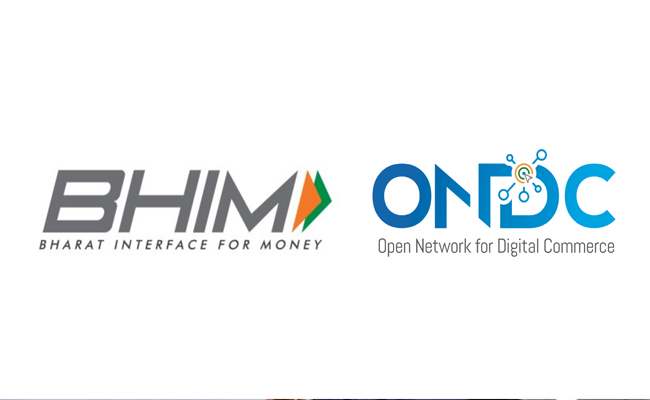
BHIM to join e-commerce, competing with PhonePe and Google Pay
The government-supported payment software BHIM is getting ready to join t...
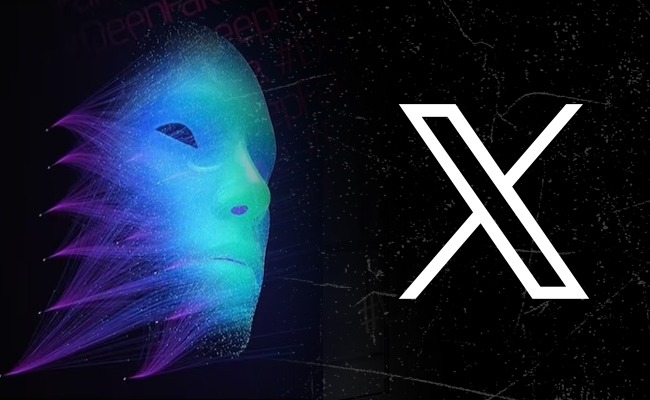
The latest version of X helps prevent deepfakes on social medi
To combat deepfakes and shallowfakes, Elon Musk revealed a new update t...
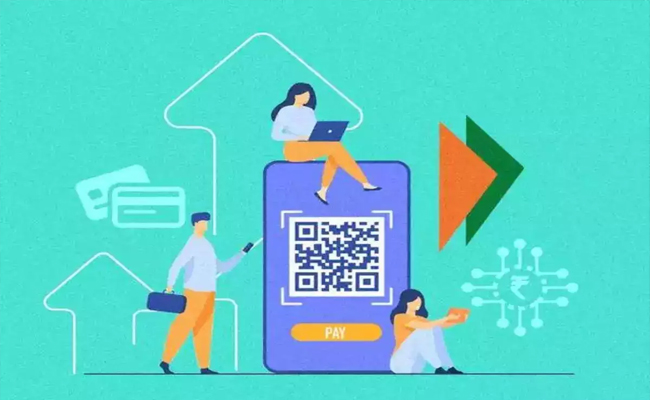
India and Namibia collaborate on a payment system similar to U
Once operational, the platform will enable digital transactions in Namibia,...

Sebi issues show-cause notices to six Adani group firms
Sebi issued show-cause notices to six Adani Group firms, including Adani ...

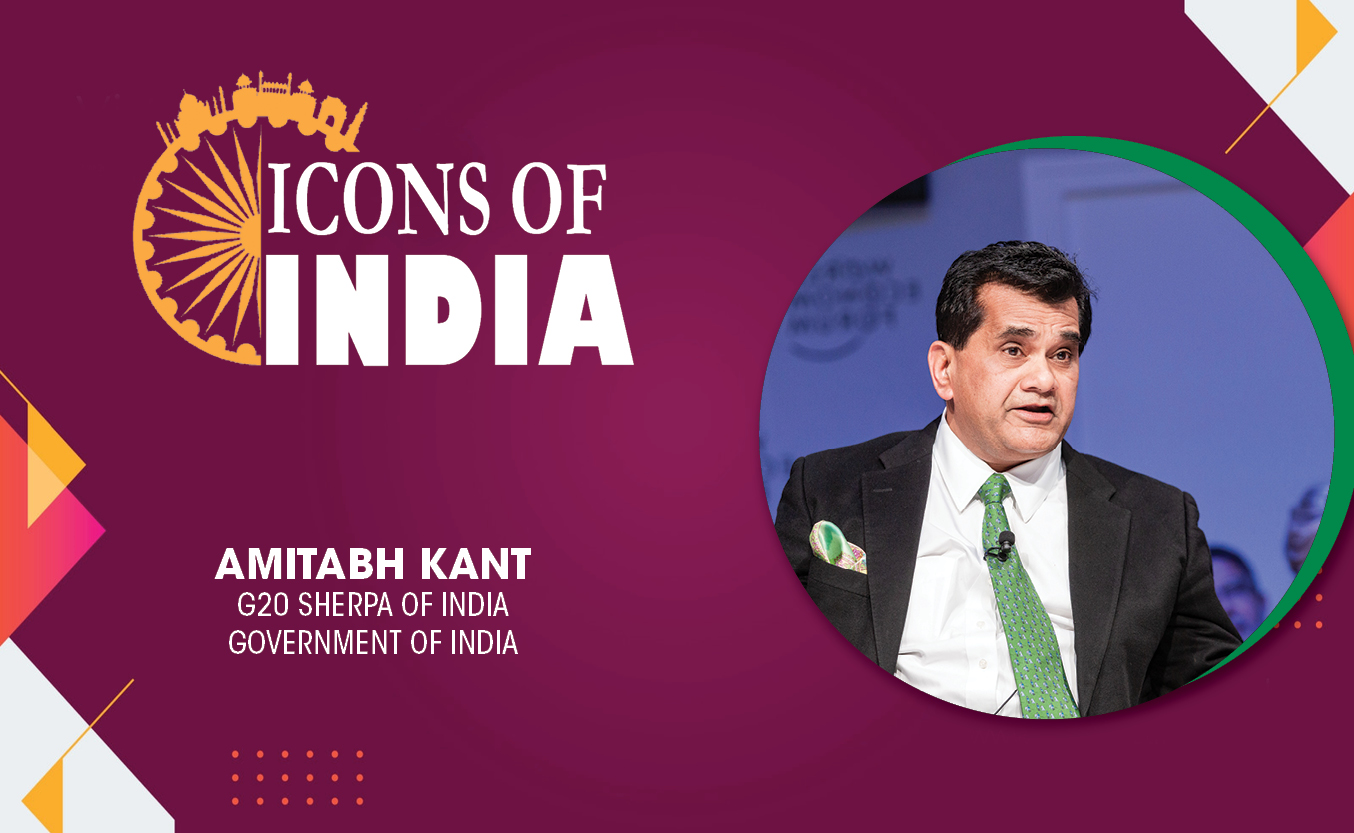
Technology Icons Of India 2023: Amitabh Kant
Amitabh Kant is presently the G20 Sherpa of India during its Presidenc...
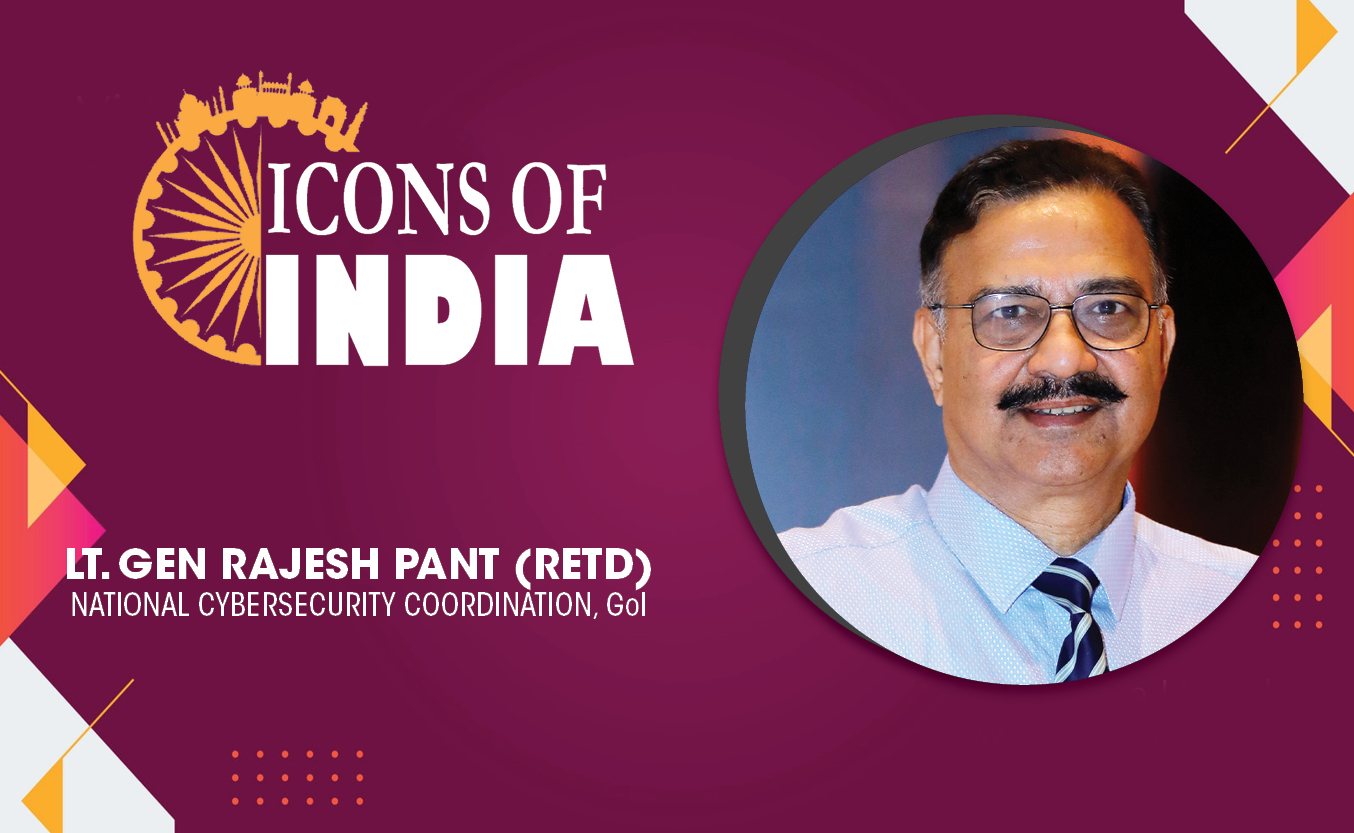
Technology Icons Of India 2023: Lt Gen (Dr.) Rajesh Pant (Retd.)
LT Gen(Dr.) Rajesh Panth (Retd.), National cyber security coordination...
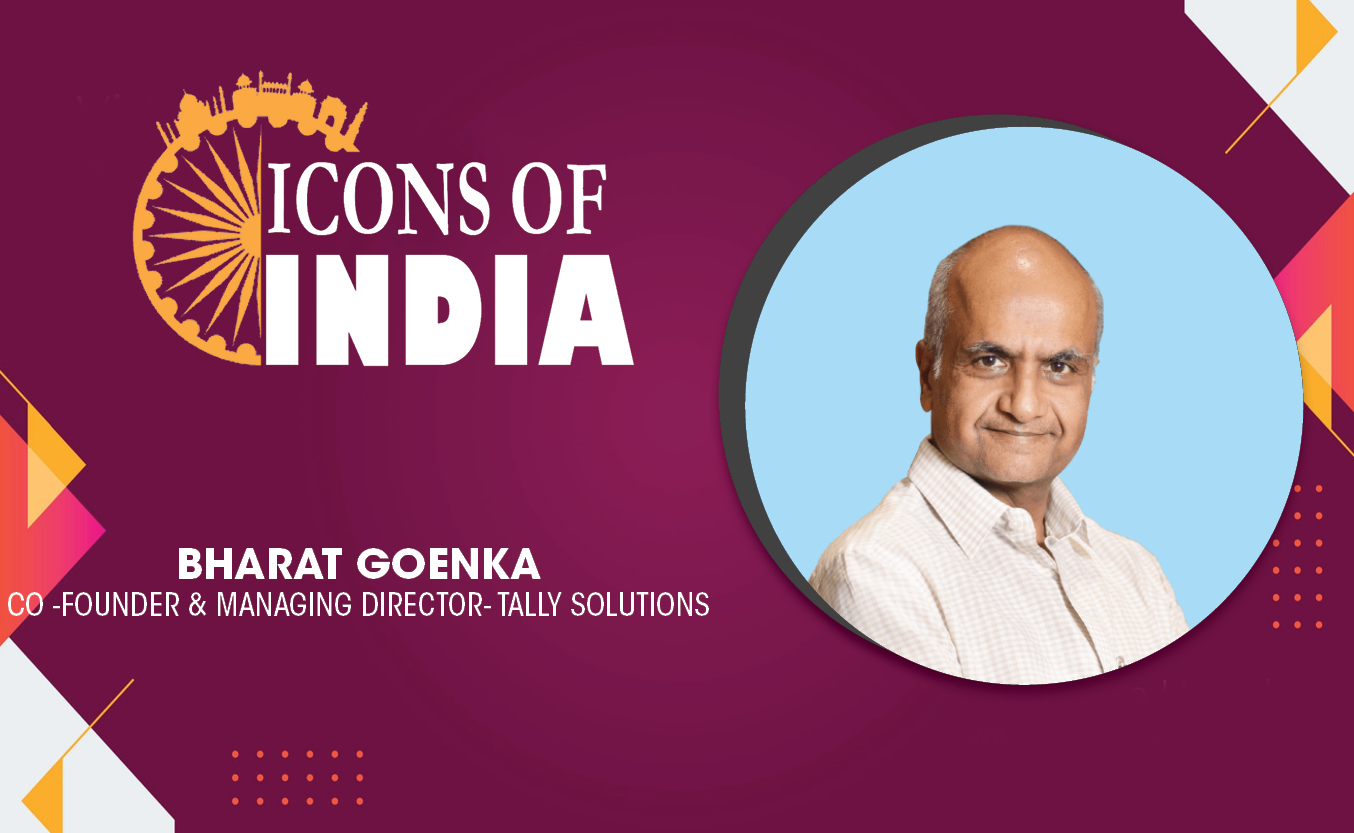
Technology Icons Of India 2023: Bharat Goenka
Bharat Goenka is the Managing Director of Tally Solutions. He is well ...

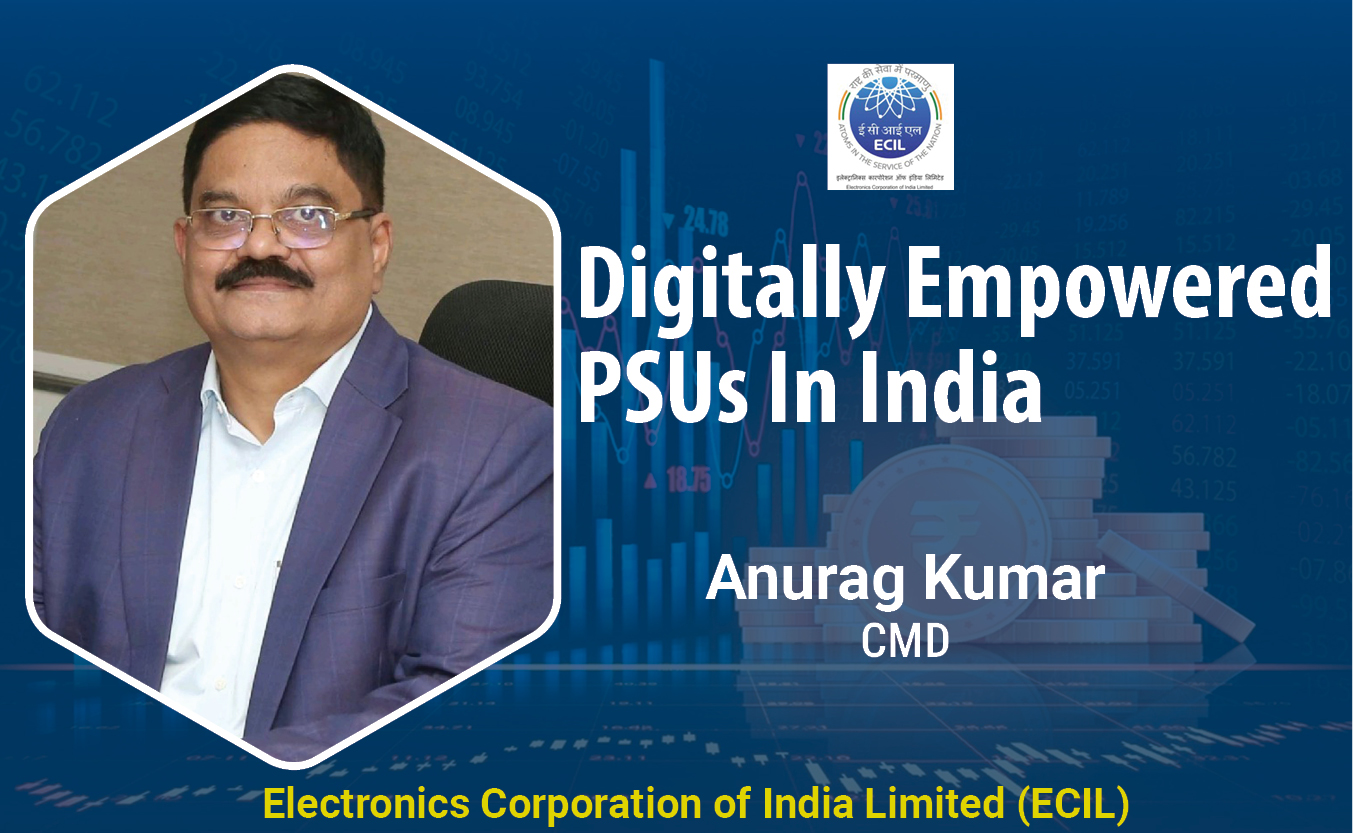
ECIL continues to keep India ahead in the growth of Information Technology and Electronics
ECIL played a very significant role in the training and growth of high...
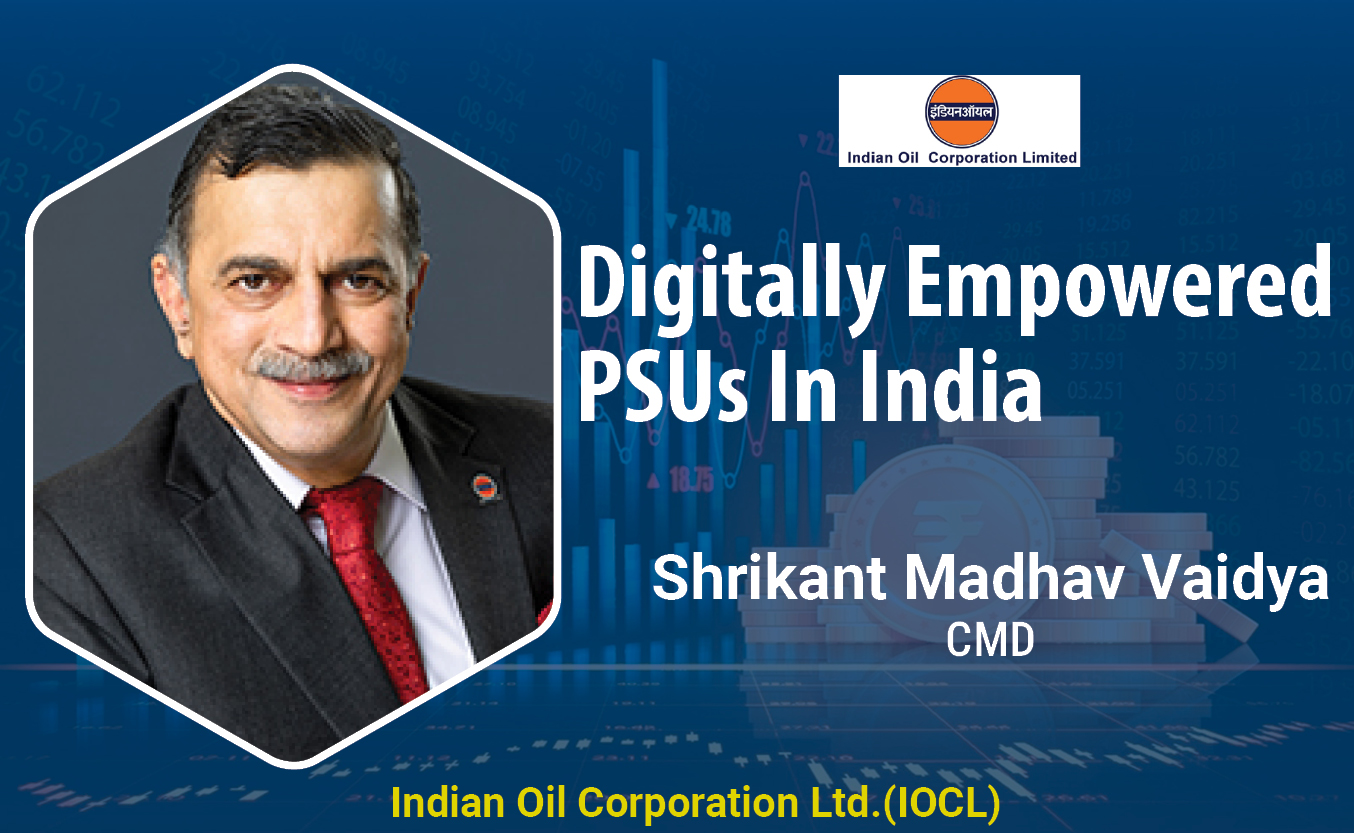
INDIANOIL helps reach precious petroleum fuels to every nook and corner of the country
IndianOil, a diversified, integrated energy major with presence in alm...
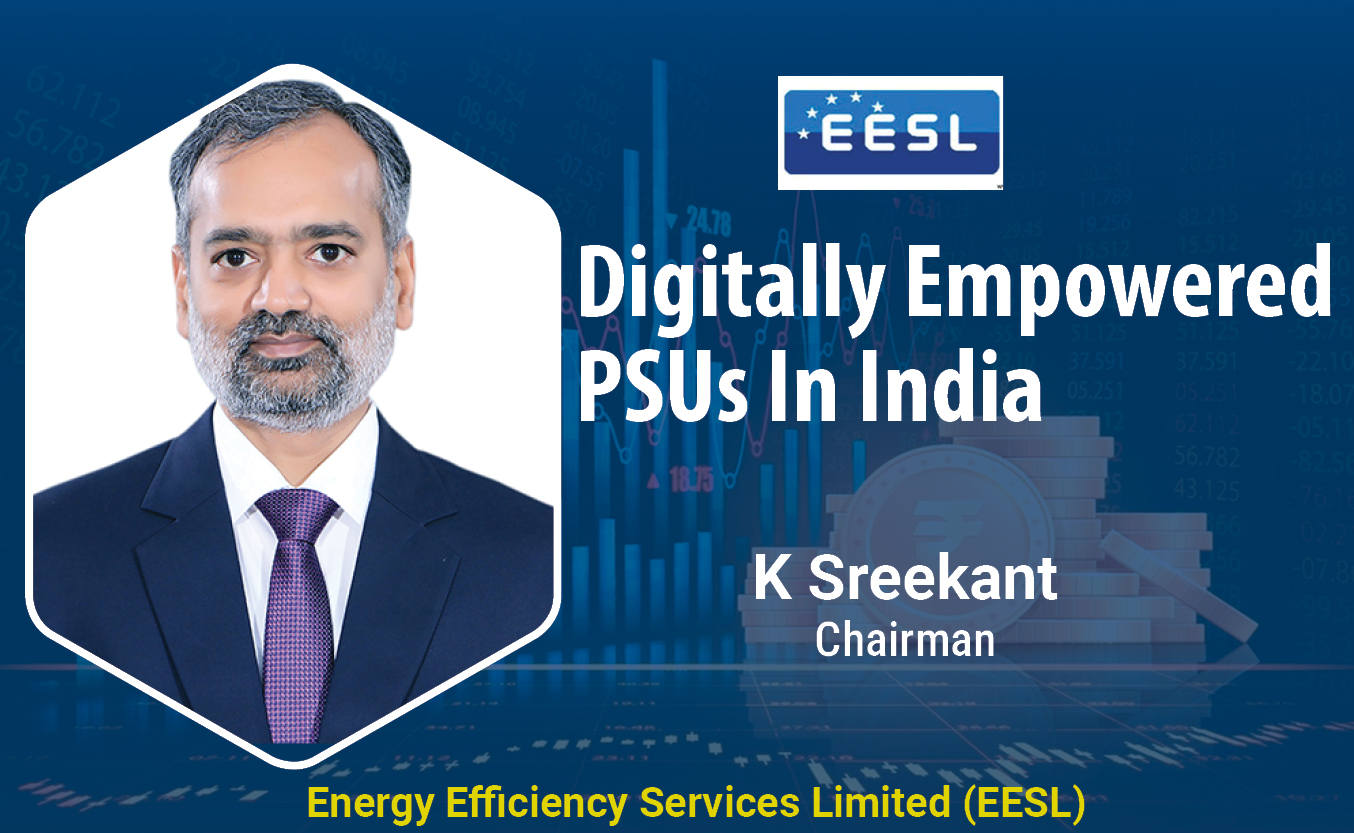
EESL encouraging e-mobility adoption across India
Energy Efficiency Services Limited (EESL) is a Super Energy Service Co...

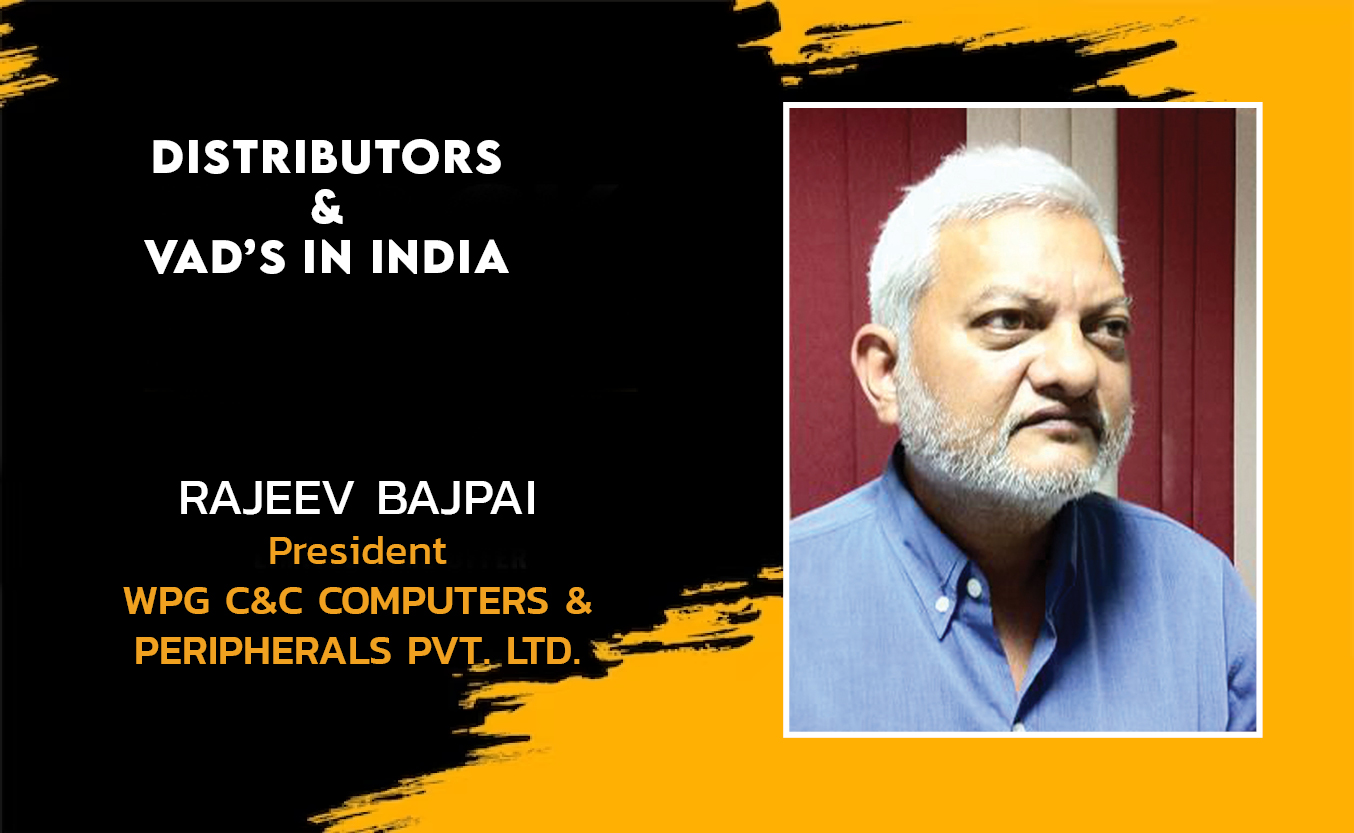
WPG C&C COMPUTERS & PERIPHERALS PVT. LTD.
WPG C&C Computers & Peripherals (India) was incorporated in 2008 and ...

Crayon Software Experts India Pvt Ltd
Crayon helps its customers build the commercial and technical foundati...

ACCERON INFOSOL PVT. LTD.
It is a leading value added distributor in the IT security space and h...